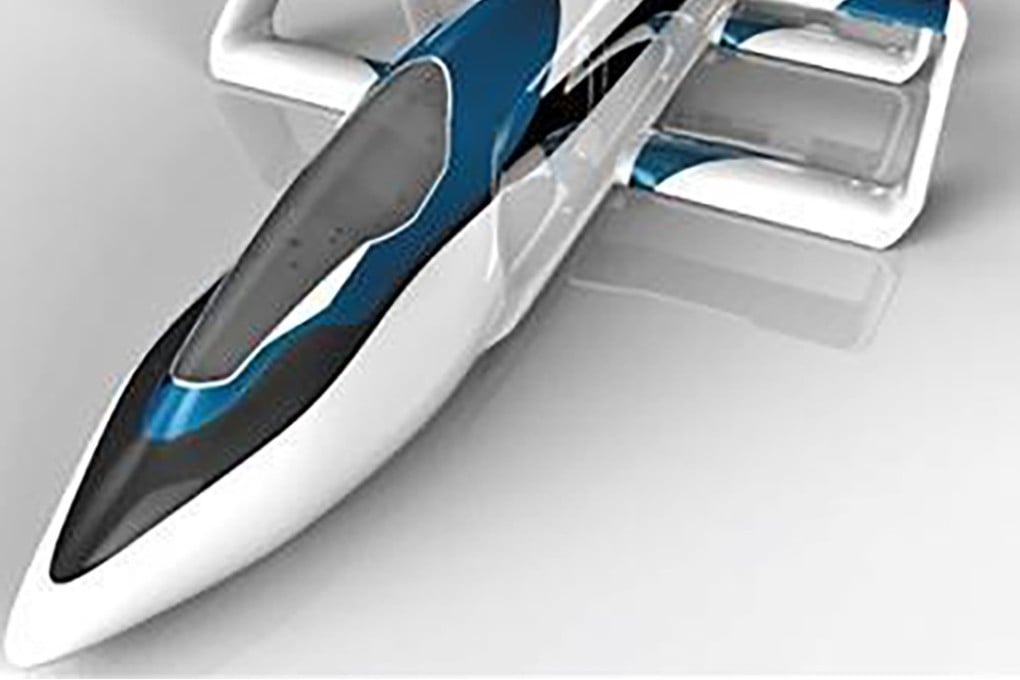China, Japan jointly develop ‘albatross’ high-speed train, with a top speed of 500km/h
The new Aero Train, with its albatross-inspired design, has the capacity to beat the top speed of the Shanghai Maglev, currently the world’s fastest train

China’s efforts to bring high-speed rail travel around the world look set to heat up as it jointly develops a robotic train with Japan that can run up to 500 kilometres per hour, which would make it one of the world’s fastest trains.
Test runs and manufacturing of the first- and second-generation versions of the Aero Train have been conducted in Japan, the Chongqing Morning Post reported, citing Lai Chenguang, a project participant and a professor at the Chongqing University of Technology.
The Aero Train’s indicative top speed of 500km/h would beat the Shanghai Maglev, which clocked in at 430km/h.
Does China have edge over Japan in Singapore-KL rail project?
Initial plans would have Japan launch the world’s first Aero Train line in 2025.
Once commercially deployed, the Aero Train can cut travelling time between Tokyo and Osaka to an hour from the current schedule of two hours and 30 minutes on the Nozomi Shinkansen, the fastest of the three types of Japanese bullet trains.
Lai did not respond to email inquiries for more details about the Aero Train project.
A team of Japanese researchers from Tohoku University in Sendai, a city of north of Tokyo, first unveiled the Aero Train project in 2011 in a paper presented at the IEEE International Conference on Robotics and Automation in Shanghai, according to a report in online magazine Industry Leaders.